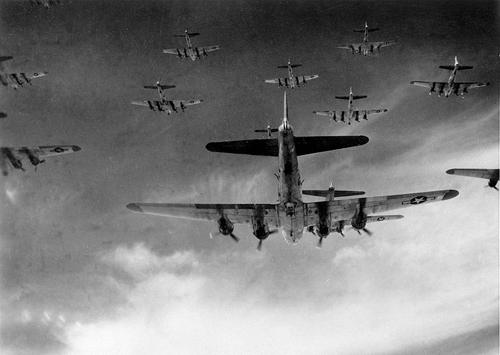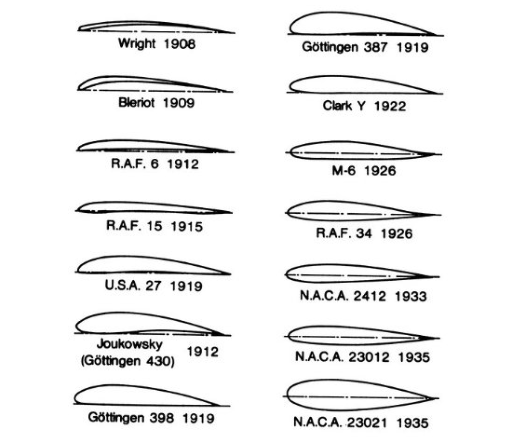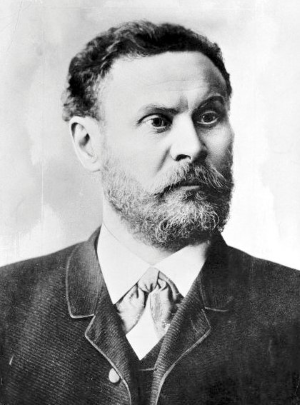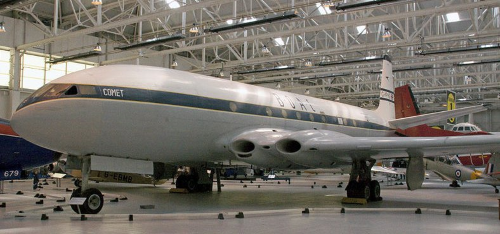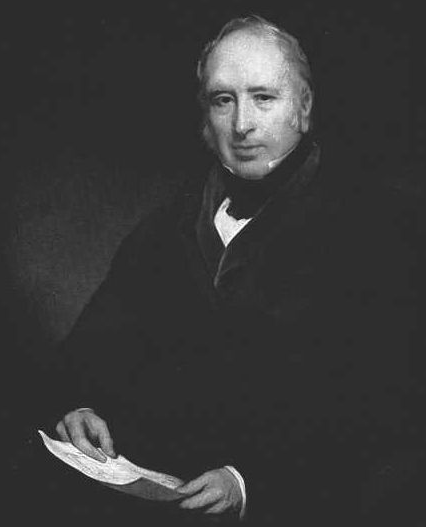Before World War II, air bombing was regarded as a form of sabotage by most countries. Few looked at it as a strategic factor that could impact the outcome of war. This outlook changed with the bombing campaigns of World War II. It became clear that large-scale bombing raids against military, industrial, and even civilian Read More…
Author: Rob V.
History of the Airfoil
Some of the first research on curvatures or the camber of a wing, known as an airfoil, was conducted by the famous Wright brothers. As powered flight was in its infancy, airfoils were traditionally hand-built for each aircraft. Prior to World War 1, there was no standardized airfoil that was used on multiple planes, and Read More…
Otto Lilienthal
Many kids and teens are interested in flying, and some even get in trouble with their parents for trying to put their plans into motion. But Otto Lilienthal, considered by many to be the first true aviator, started building flying machines with his brother as a teen—and he never stopped. Born in Pomerania, Germany, in Read More…
De Havilland Comet: The First Commercial Jetliner
Back in 1929, a Royal Air Force officer by the name of Frank Whittle had the idea to develop an airplane with a gas turbine engine. During that time, aircraft used a propeller to move forward. This new proposal suggested having exhaust gases forced out of the engine to propel the airplane forward. According to Read More…
Sir George Cayley: Paving the Way for Modern Aviation
December 17, 1903, is remembered as a monumental day in aviation history — the day that Orville and Wilbur Wright achieved the age-old dream of flight and took off on the first sustained airplane ride. Several decades before the Wright brothers ascended from Kitty Hawk, however, Sir George Cayley of Yorkshire, England, launched another human Read More…

